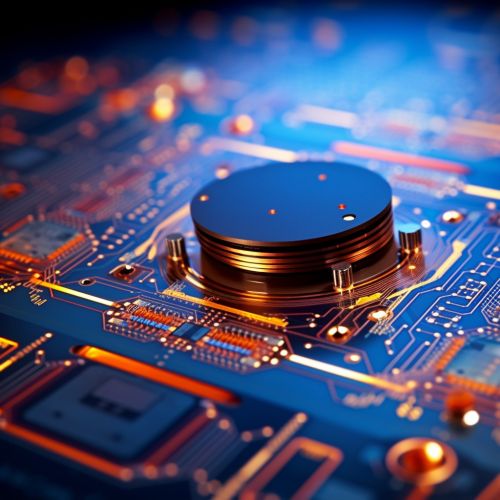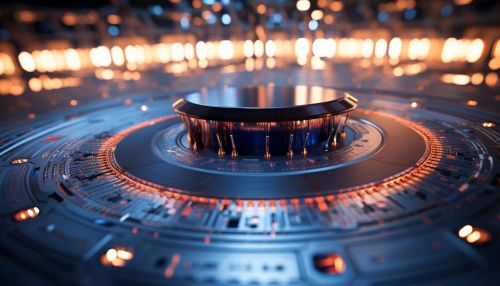Quantum Computing with Superconducting Circuits
Introduction
Quantum computing is a rapidly growing field that leverages the principles of quantum mechanics to perform computational tasks. One of the most promising platforms for the realization of a quantum computer is the superconducting circuit. This article provides an in-depth look at the use of superconducting circuits in quantum computing.


Quantum Computing
Quantum computing is a type of computation that utilizes quantum bits, or qubits, instead of the traditional bits used in classical computing. Qubits have the unique property of being able to exist in a superposition of states, which means they can represent both 0 and 1 simultaneously. This property, along with the ability of qubits to be entangled, allows quantum computers to perform complex calculations much more efficiently than classical computers.
Superconducting Circuits
Superconducting circuits are electrical circuits made from superconducting materials. These materials exhibit zero electrical resistance and the expulsion of magnetic fields when cooled below a certain critical temperature. The most common superconducting material used in quantum computing is niobium, due to its high critical temperature and low microwave loss.
Superconducting Qubits
Superconducting qubits are the fundamental building blocks of a superconducting quantum computer. These qubits are created by placing a non-superconducting barrier, or Josephson junction, between two superconducting materials. The Josephson junction allows for the tunnelling of Cooper pairs, pairs of electrons with opposite momentum and spin, which results in a quantized energy level system that can be used as a qubit.
Quantum Gates and Circuits
Quantum gates are the basic operations that can be performed on qubits. These gates are represented by unitary matrices and can be visualized as rotations on the Bloch sphere. Quantum circuits are sequences of quantum gates that perform a specific computation. In a superconducting quantum computer, these gates are implemented by applying microwave pulses to the superconducting qubits.
Quantum Error Correction
Quantum error correction is a crucial component of a practical quantum computer. Due to the fragile nature of quantum states, qubits are prone to errors caused by environmental noise. Quantum error correction codes, such as the surface code, can be used to detect and correct these errors, thereby preserving the integrity of the quantum information.
Current Research and Future Prospects
Research in quantum computing with superconducting circuits is currently focused on improving the coherence times of superconducting qubits, developing scalable architectures for large-scale quantum computers, and implementing efficient quantum error correction codes. The future prospects of this field are promising, with many researchers believing that a practical quantum computer could be realized within the next few decades.
